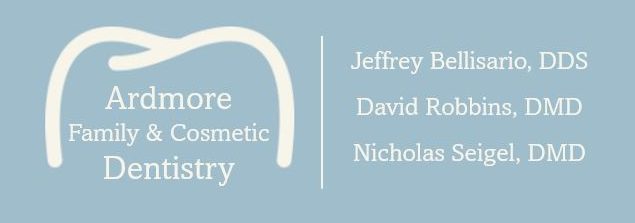A dental bridge could be a life-changing restoration, filling the gap left by missing teeth and restoring your smile, confidence, and ability to chew properly. Whether your bridge is fixed or removable, proper care is essential to ensure its longevity and keep your mouth healthy. Adjusting to your new dental bridge might take some time, but with the right habits, you can better maintain its function and appearance for many years.

Understanding Your Dental Bridge
A dental bridge is made up of one or more artificial teeth anchored by crowns on neighboring natural teeth or implants. These restorations are designed to look, feel, and function like your natural teeth. Though bridges are durable, they aren’t immune to wear, decay of supporting teeth, or gum disease. Your oral hygiene practices and lifestyle choices play a big role in how long your bridge lasts.
Daily Cleaning is Critical
Just like your natural teeth, a dental bridge requires regular cleaning. Plaque and food particles can become trapped around and underneath the bridge, especially near the gum line. If not removed, this buildup can lead to gum disease or decay in the supporting teeth. Brushing twice a day with a soft-bristled toothbrush and fluoride toothpaste is essential. Pay special attention to the area around the bridge, gently brushing at the gum line and using angled strokes to remove debris from all sides. An electric toothbrush can be particularly helpful for thorough cleaning.
Flossing around a dental bridge requires a little more effort, but it’s equally important. Since traditional floss may not easily reach under the pontic, tools like floss threaders, interdental brushes, or water flossers can help clean beneath the bridge. These tools remove food particles and plaque that could otherwise compromise the health of the surrounding gums and teeth.
Watch What You Eat
While dental bridges are strong, they’re not invincible. Avoid chewing hard foods like ice, hard candies, or popcorn kernels, which can crack the porcelain or dislodge the bridge. Sticky foods such as caramels or chewing gum can pull on the bridge and loosen the supporting crowns.
Focusing on a balanced diet also contributes to the overall health of your mouth. Nutrient-rich foods support your gums and remaining teeth, helping to maintain the foundation your bridge relies on. Crunchy fruits and vegetables, calcium-rich dairy products, and plenty of water all help keep your oral environment in good condition.
Regular Dental Checkups
Routine dental visits are essential when you have a dental bridge. Your dentist will check the integrity of the bridge, ensure it’s fitting correctly, and assess the health of your gums and adjacent teeth. X-rays may be used to monitor the underlying bone and detect any problems early, such as decay under the crowns or signs of gum disease. Professional cleanings every six months also help prevent the accumulation of plaque and tartar in areas you might miss at home. If your dentist notices any issues, early intervention can prevent more extensive (and expensive) repairs later on.
Be Aware of Changes
It’s important to pay attention to how your dental bridge feels. If you notice it becoming loose, experience pain while chewing, or detect any changes in your bite, contact your dentist promptly. Discomfort or unusual pressure can indicate underlying issues like a cracked crown or gum inflammation. Addressing these concerns early could protect the rest of your teeth and keep the bridge secure.
Dental Bridge Care in Ardmore, PA
With proper care, a dental bridge can last a decade or longer, offering both aesthetic and functional benefits. At Ardmore Family and Cosmetic Dentistry, we are here to help. Contact our office today to schedule a consultation and learn more about how to care for your new dental restoration.
